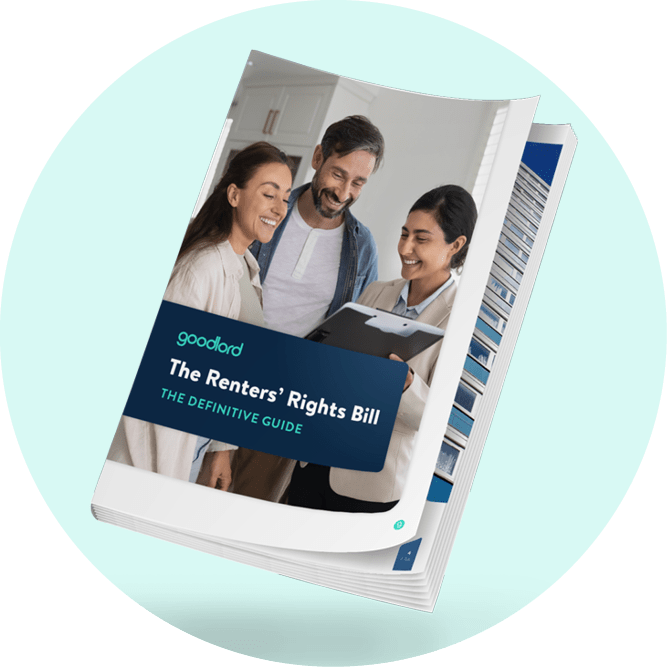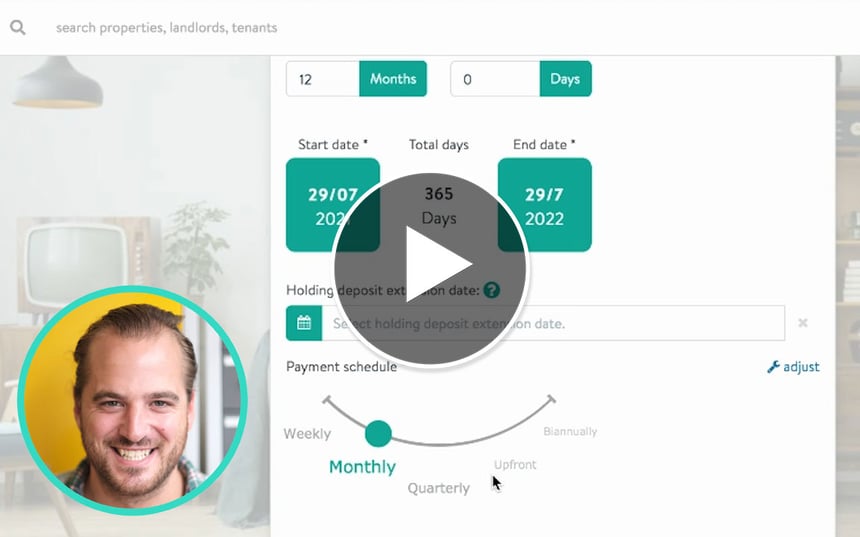Why extending Right to Buy won’t fix the housing shortage
The government plans to extend the Right to Buy scheme - yet it's still not a solution to the lack of housing stock, as Adrian Gill of Reapit explains.
A guest blog by Adrian Gill, Non-Exec Board Member at Reapit.
Prime Minister Boris Johnson recently announced that he's considering extending Margaret Thatcher’s Right-to-Buy scheme. The scheme gives council tenants the chance to purchase the council property they rent from housing associations at a discounted price, to England’s approximate 2 million housing association tenants.
The intended aim continues the government’s frequently stated aspiration to turn "Generation Rent" into "Generation Buy".
However, it will almost certainly backfire, and will likely only serve to worsen demand in the housing market without addressing any of its issues. Here’s why this latest government scheme should be nipped in the bud before it has a chance to wrap around the market.
The affordability issue is growing
It goes without saying that there's an affordability issue in the housing market today. The rising cost-of-living crisis is putting considerable pressure on consumer finances, with landlords and tenants both affected.
Landlords certainly have their own plethora of challenges, and tenants also must navigate rising rent increases.
The average cost of rent for a property in England stood at £1,012 in April 2022 according to Goodlord's Rental Index - all while tenants seek to raise deposit sums necessary to get on the ladder in the face of house prices which themselves have gone up 10.9% year on year in February.
Right-to-Buy popularity with housing associations
For housing association tenants, the opportunity to buy their property at a discounted rate might seem like a fantastic opportunity.
Certainly, homeownership through traditional means is plausibly quite out of reach for many in council and housing association property, particularly given the struggles faced by many aspirate savers as it is.
Indeed, Thatcher’s original scheme, introduced in the Housing Act 1980, was very popular at the time - not to mention very profitable for the owners - enabling an approximate 2.5 million homes to be sold at discounted rates.
However, most of the proceeds from the original scheme were not returned into building more social housing.
Consequences of Right to Buy on social housing stock
The consequence of this is that since the 1980s the stock of social housing in the UK has fallen sharply.
According to the Ministry for Housing, Communities and Local Government - before it became the Department for Levelling Up, Housing and Communities - five and a half million homes were provided by local authorities and housing associations in 1979.
This number declined by 25% over the next 40 years, reaching 4.2 million in 2020.
Such a scheme that would turn renters into homeowners would no doubt be a vote winner for the government, and no doubt for those housing association tenants, who can use the scheme to buy their property at what is reportedly up to a 70% cut, it would be an extremely fortuitous policy shift.
However, with around 1.5 million people on the waiting list for social housing, the shortfall in available social housing, after this scheme is extended to tenants in housing association properties, is only going to lead to more people struggling to find a home.
The impact on buy-to-let landlords
Buy-to-Let landlords also risk getting caught out given the already acute shortage of affordable housing.
Social housing is a safety net for many families struggling with finances and many of whom are deeply affected by the cost-of-living crisis.
Because many families cannot afford private-sector rents, and will struggle to access social housing given the shortage, some may use their rights to remain in their homes until they are evicted, depriving landlords of income.
Of course, this all assumes that the government is able to convince housing associations to go along with it, and how much it will cost.
Repackaging old ideas
A key criticism of the government’s scheme is that it’s simply a repackaging of old ideas.
David Cameron first mooted an extension of Right to Buy to housing association tenants as far back as 2015. The idea didn’t work when it was previously announced then, and it’s not likely to fare any better now.
Then there is the question of whether social tenants would even be amicable to the scheme. Even at a hefty discount, many housing association tenants might not even be able to afford their property, what with the cost-of-living crisis affecting struggling households most severely.
It’s not hard to see why the government is pushing this agenda. Home ownership in the UK has declined from an all-time high of 71% in 2003 to 65% in 2019/20, according to the government’s own data.
But, by extending Right to Buy without replacing the supply of social housing, it’s arguably like robbing Peter to pay Paul.
The pressure on developers
Developers are already falling far short of meeting their annual targets, let alone their quotas of houses and flats marked out as affordable housing. The construction of new social housing is in a far worse state.
There are understandably cost challenges that impact development, particularly for housing associations and local councils.
The building safety crisis in the wake of the Grenfell tragedy has meant that remediation costs have taken funds previously earmarked for new development, and new net zero requirements have placed an additional cost burden on construction that has reduced the overall volume that developers can commit to.
The government once again looks set to miss out on their manifesto target of building an additional 300,000 homes each year by the mid-2020s by quite some margin.
The housing crisis will not improve by shifting property from one division to the other. What’s needed is a decisive step back into mass home ownership with responsible, far-sighted planning that enables housebuilding targets to be met.
Once again, vastly increased supply of housing across the board remains the only really solution to the crisis.
First published on Estate Agent Today. Goodlord partners with Reapit to provide agents with one smooth tenancy journey - all in one place. Find out more.










